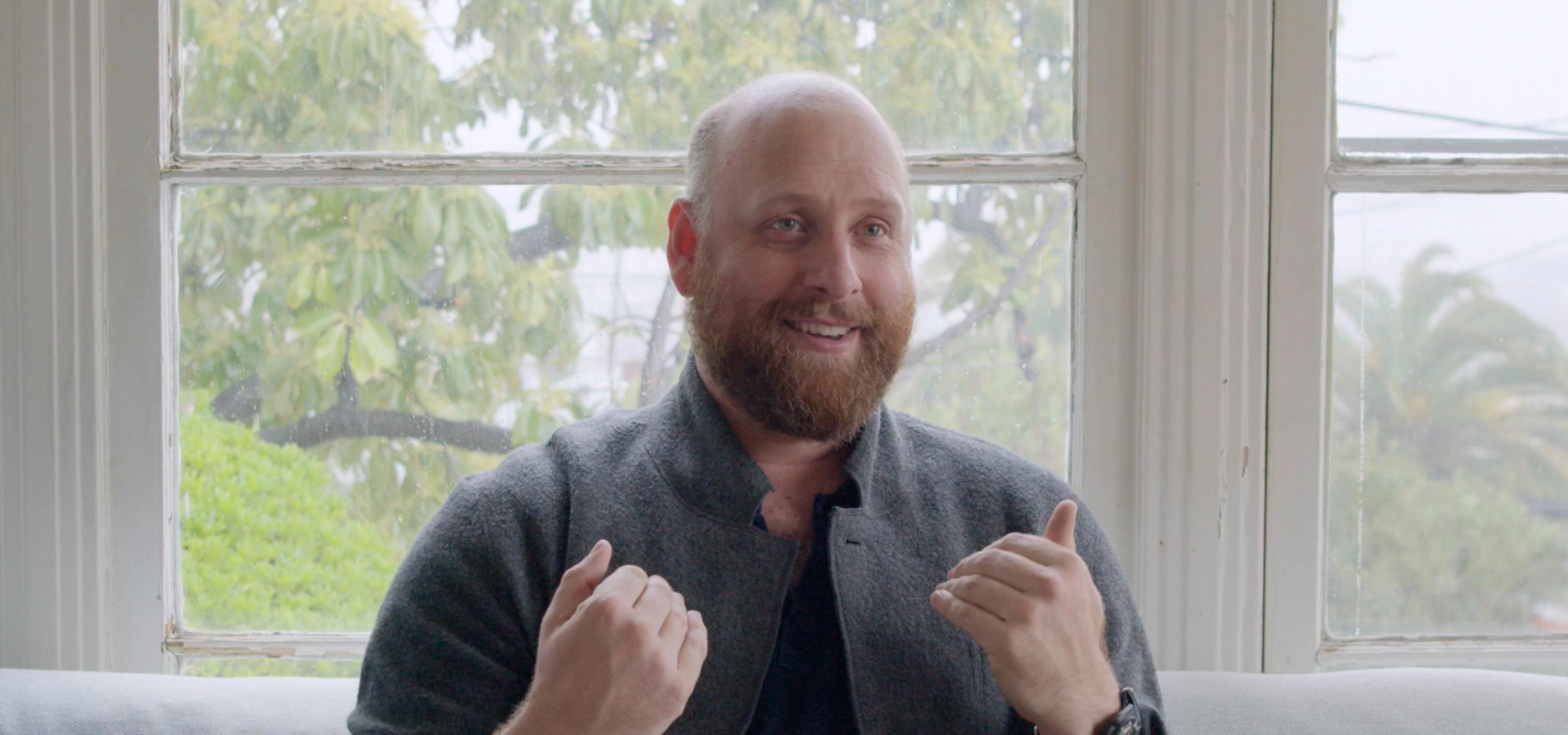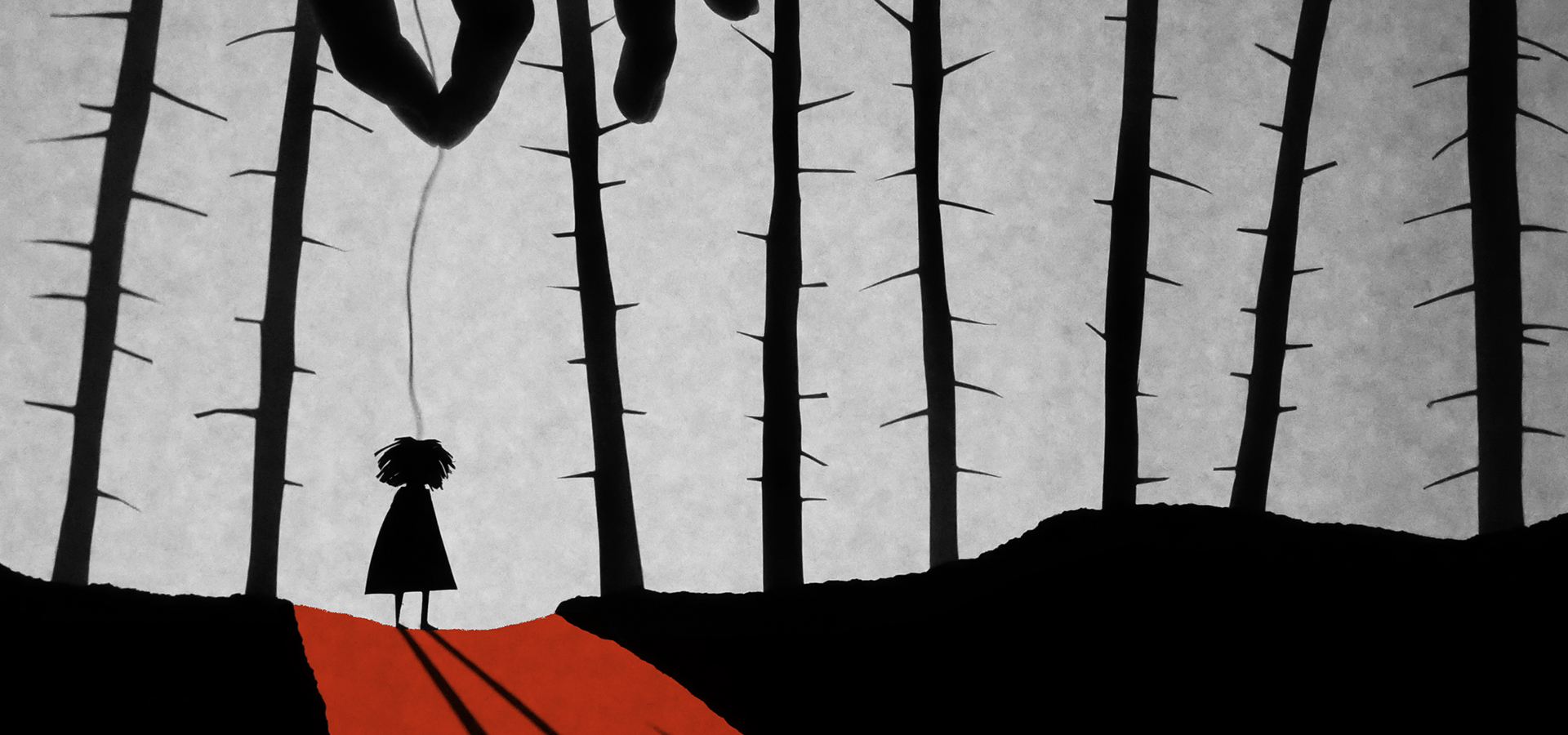
Julius Eastman’s Femenine
“Femenine is the kind of piece that makes one contemplate the immensity of reality.”
Wild Up Artistic Director Christopher Rountree, filmed by Anna Tse. Video editing by Tiffany Valvo, Cal Performances’ Social Media and Digital Content Specialist. Music bed: Wild Up, Julius Eastman Vol. 1: Femenine, New Amsterdam Records (2021).
Chris Rountree, artistic director of Wild Up, discusses the life and music of Julius Eastman, the late composer whose amalgamated musical vision was repeatedly dismissed in its day, but is now being unearthed to critical acclaim. In March 2024, Rountree will conduct Wild Up in a performance of Eastman’s Femenine as part of Cal Performances’ Illuminations programming contemplating “Individual & Community.” To provide insight into the work, in this video, Rountree covers:
Transcript
Chris Rountree:
These pieces of Eastman’s have these elements: personal agency, discourse about systemic inequity, and about race, and gender, and sexuality. And also, when you just drop the needle on the record, they’re totally ecstatic. And that, in a combination, is mind-blowing.
When did Eastman write Femenine?
He was having all these discourses right after he got out of the Curtis School of Music. Got out of Curtis, he went to Buffalo, he was in academia, he was working with an all-White ensemble, which were mostly men, and he was writing pieces called Femenine, which is the word “feminine” with the word “men” pushed inside of it, and he was doing the piece in drag at the piano, the only Black man on stage. He was doing pieces called “Evil N-Word,” “Crazy N,” “Gay Gorilla,” and then—he said these words that I won’t say—he then said, “You must print the title, because people should walk past the marquee, and the marquee should challenge them. When they receive an invite to the concert, they should feel something—the history of our country, the tragedy of racism, the tragedy of slavery—they should feel those things.
What is the musical form of the work?
The form of Eastman’s Femenine is really remarkable. When he designed the piece, he says that there’s one player or a group of players that play a single melody, which he calls the prime. It’s 13 beats long, it only has two notes. This prime melody begins at minute three in the work. We’re all playing on stopwatches, and it goes for the next 75 minutes on repeat without stopping.
Eastman gives instructions like “falling backwards”; “increase”; sometimes specific octaves, sometimes just scrawled on the page “E-flat”; sometimes poetic and also specific timings like, “pianist will interrupt, must repeat.”
So, these poetic words all over the score, every few minutes; there’s another prompt that changes what happens on top of the prime melody very subtly. So, this is a form of music-making that he called the “organic music.” So you’re just feeling something that is really staying on one idea for a long time, and subtly, it just shifts angles over a long period. We also know from Eastman’s performances that he would take solos and improvise. So everyone’s improvising the whole time, except for the person playing the prime.
What happened at the first performance of the work?
The magic of this piece happened at the first performance when there’s an apocryphal tale. They were doing the premier in an art gallery. And we know the piece is going to be 80 minutes or so, we know there’s gonna be one melody repeated the whole time and lots of improvisations. But what the band apparently did not know is that Eastman was going to go into the other room, he had built a machine that played the sleigh bells, and he would plug the machine into the wall before the piece began, and then walk back and start the work.
So it is an 80-minute arc of this organic, changing, swirling music, all contained within 85 minutes or so of sleigh bells that persist the entire time. Which, when you’re inside of that sound, it is a shimmering, incredible kind of forest of sound. It’s like being rained on. It’s like it has this quality of being everywhere and all around you. So when Wild Up does the piece, all of us begin playing sleigh bells.
Who is this music for?
I think that the audience is absolutely everybody. People that want to sit in a space, a meditative space, and feel something overwhelming that is about both the natural world and the human condition and also systemic inequity, and also gender and sexuality. Femenine is the kind of piece that makes one contemplate the immensity of reality.



